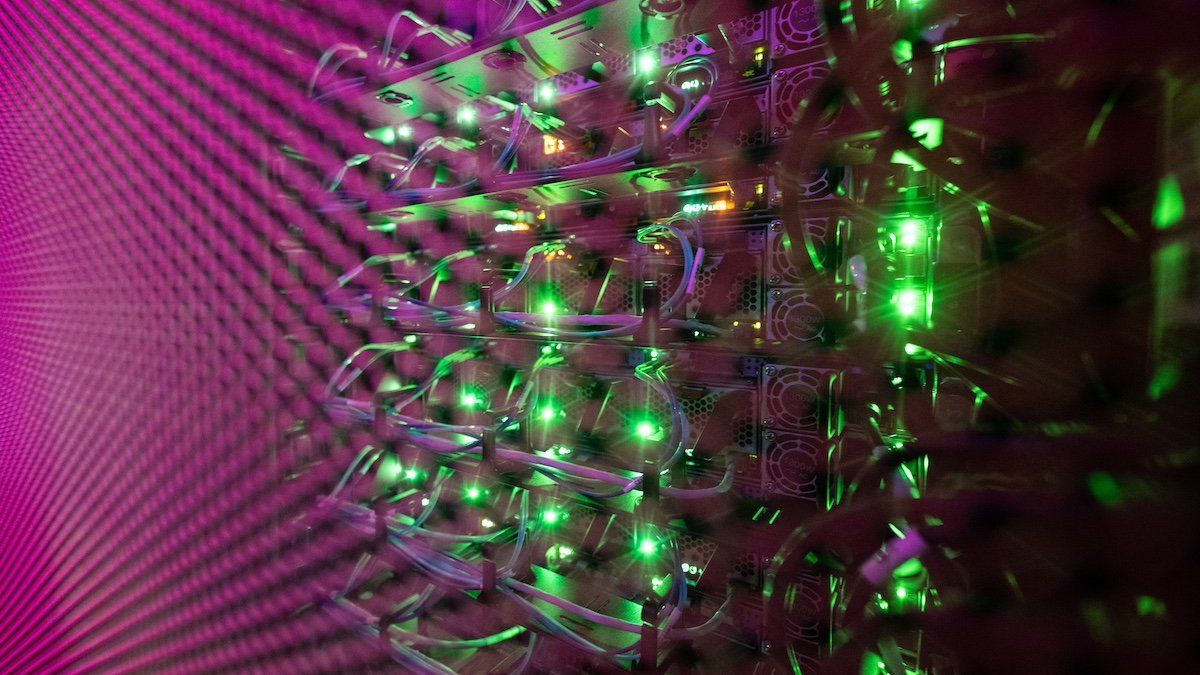The artificial intelligence boom has brought new strains on the environment, namely through demands on electricity and water. The International Energy Agency estimates that, by 2026, the rise of AI and cryptocurrency will lead to an increase in electricity used by global data centers—a figure that could range anywhere between a 35% and 128% increase.
But data centers run hot and use copious amounts of water to keep cool. According to a new preprint academic paper, global AI demand may account for 4.2-6.6 billion cubic meters of annual water withdrawal by 2027—that’s about half of the UK’s annual usage, according to the Financial Times.
Major technology companies are using more and more water just training their increasingly powerful generative AI models: Google and Microsoft self-reported annual water consumption increases of 20% and 34% respectively while training their models.
If AI continues on its current, staggering trajectory, it very well may push us closer to an energy crisis that’s impossible to ignore.



















